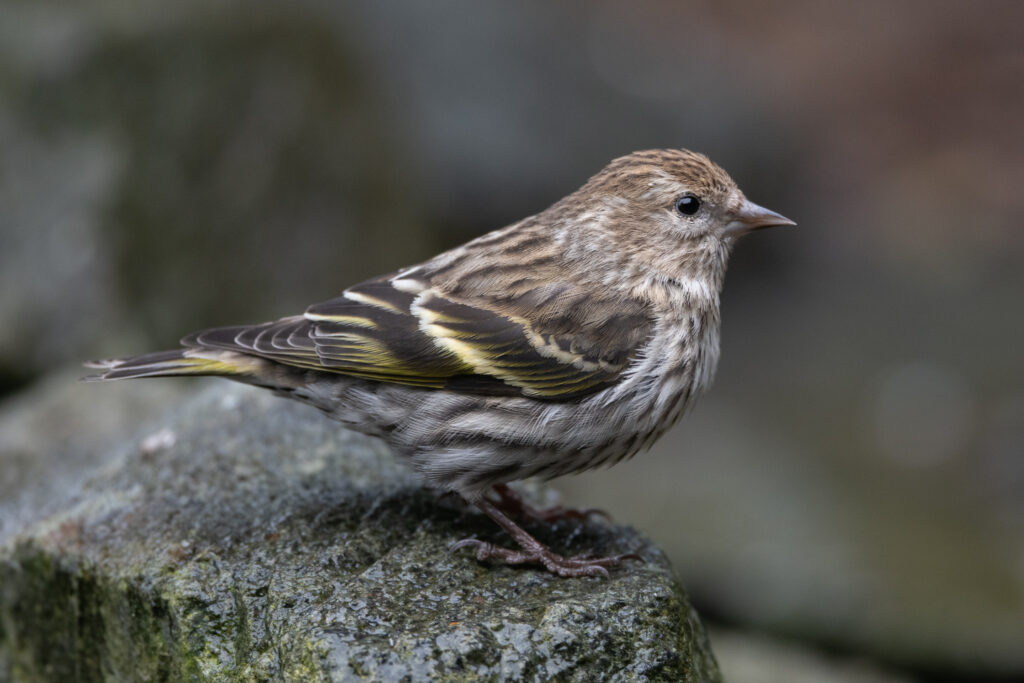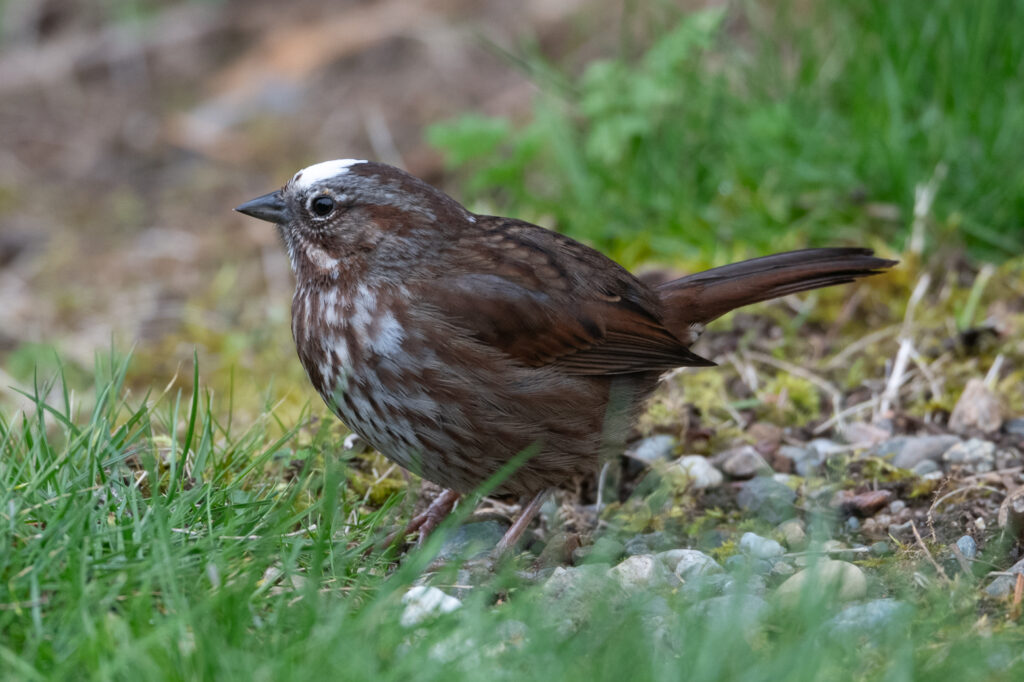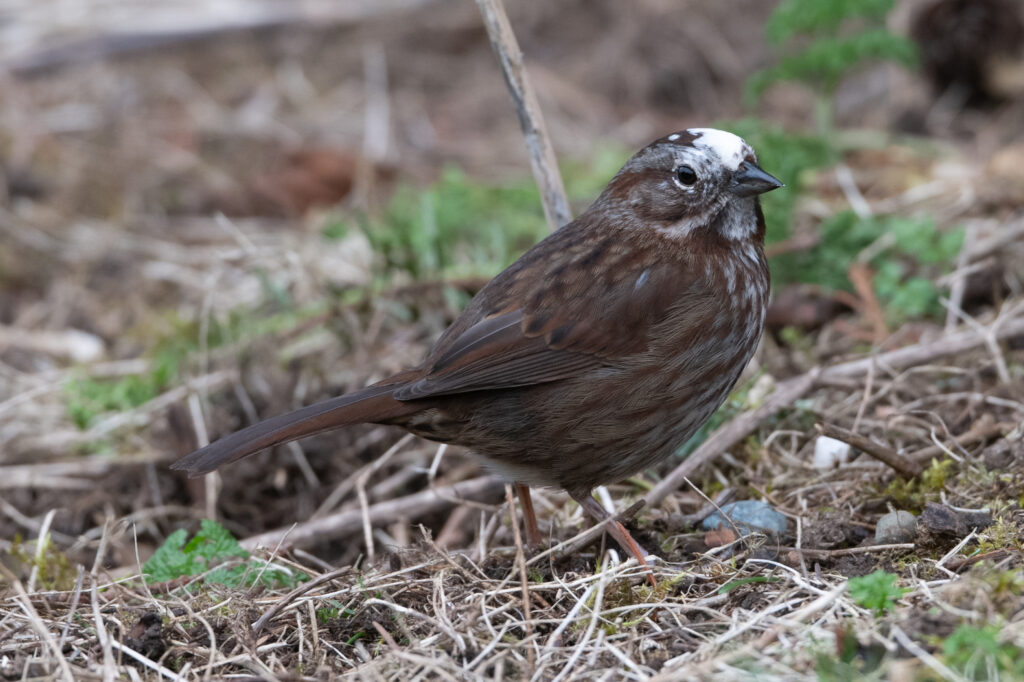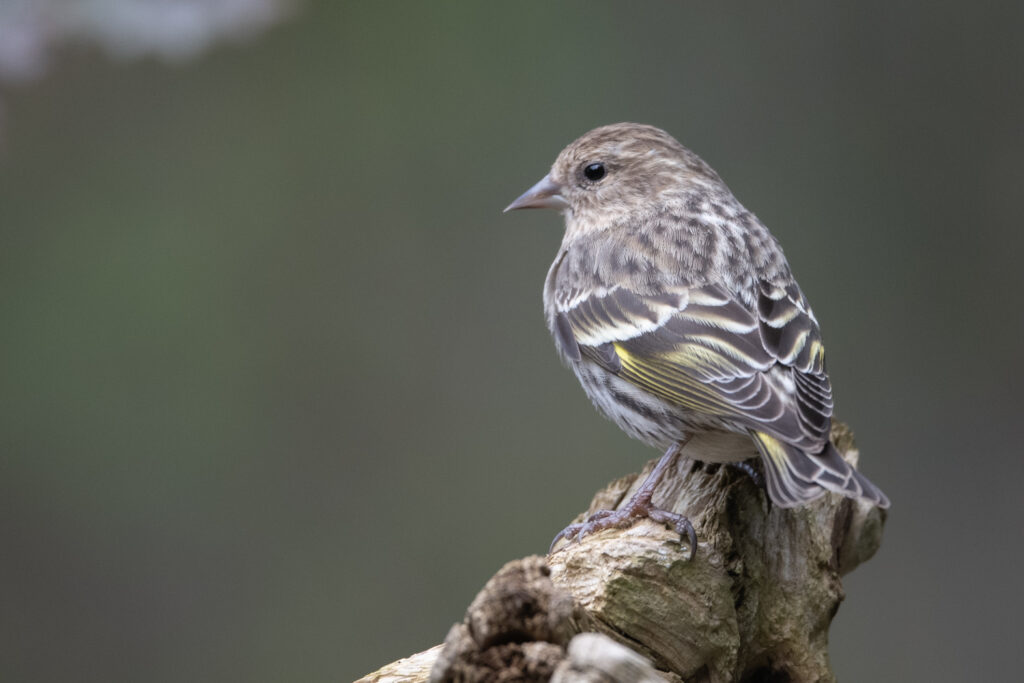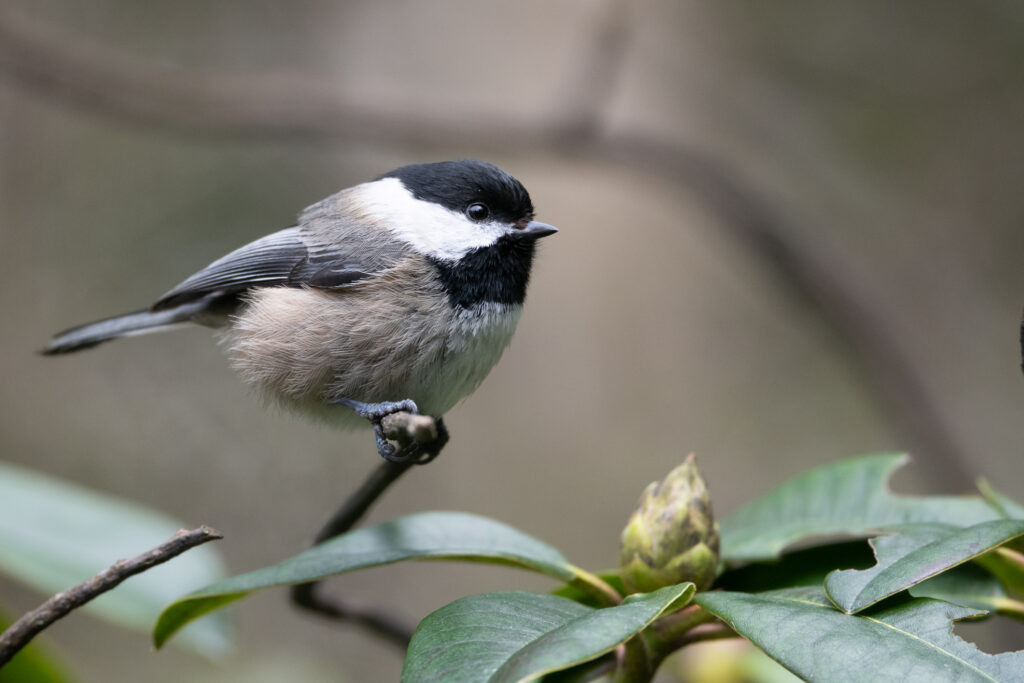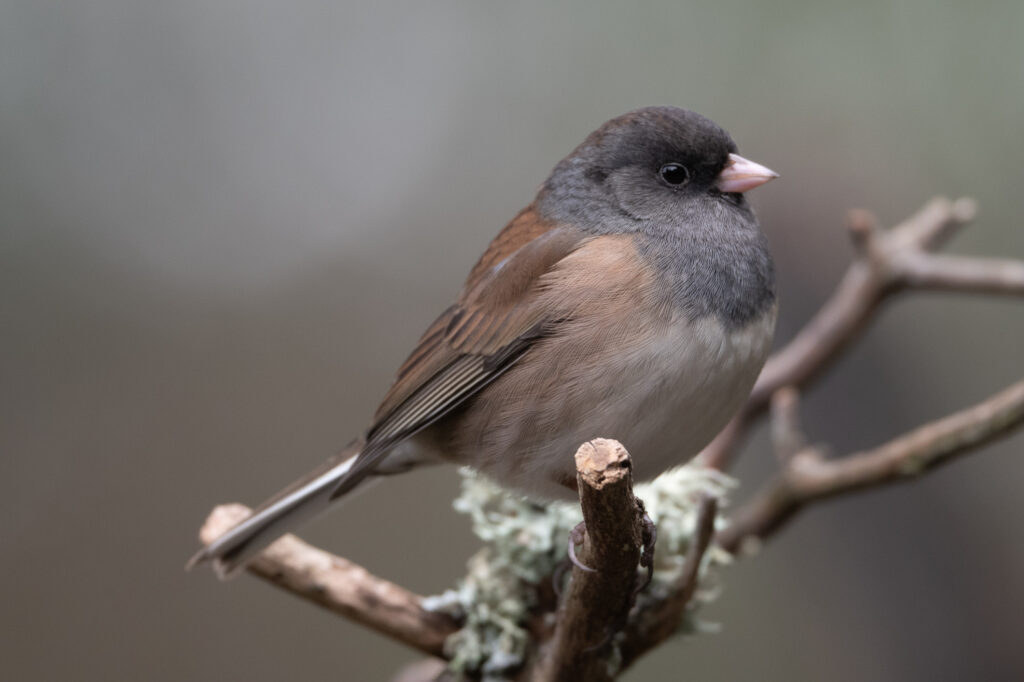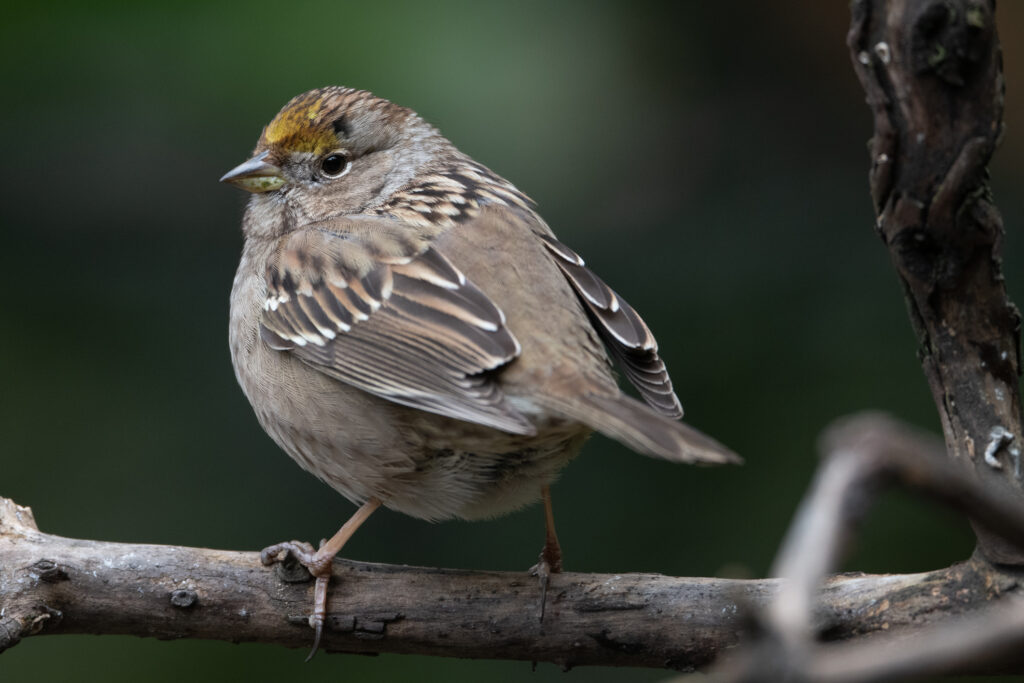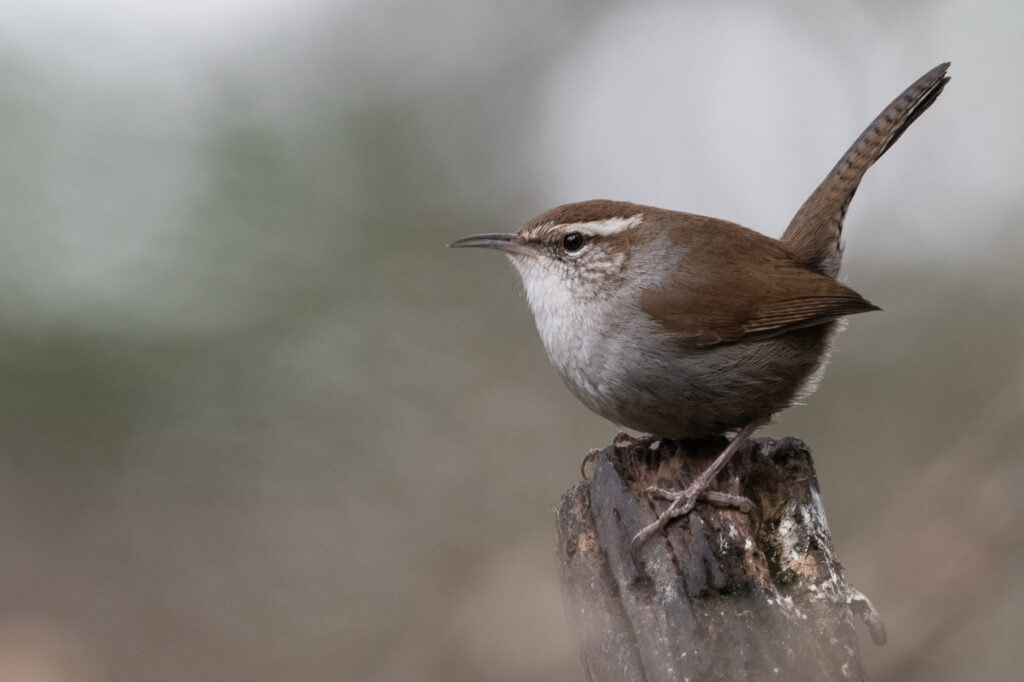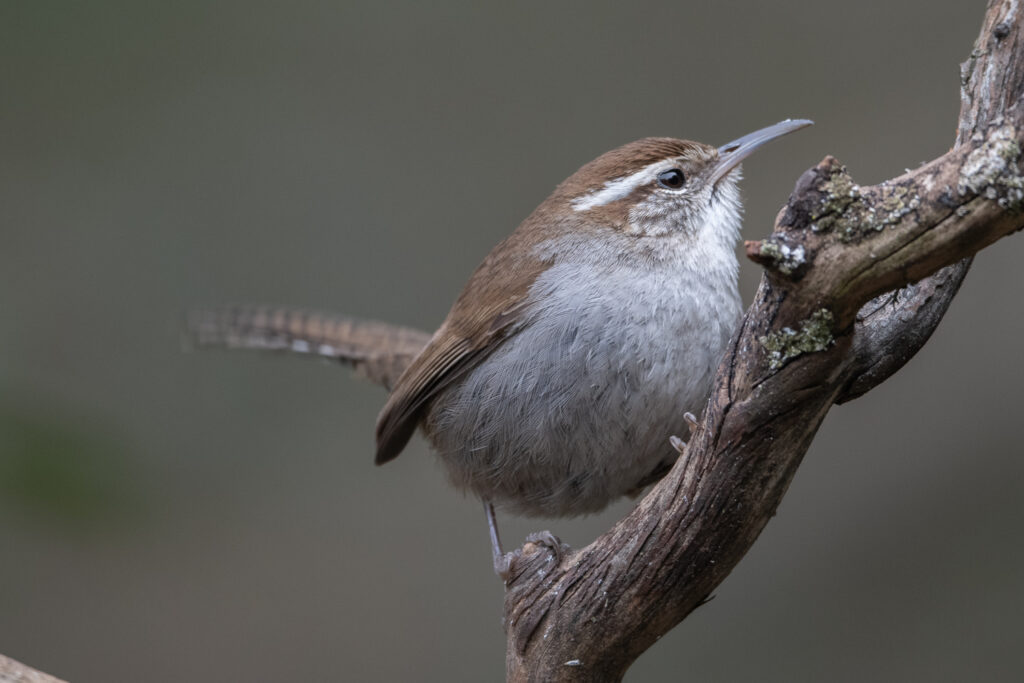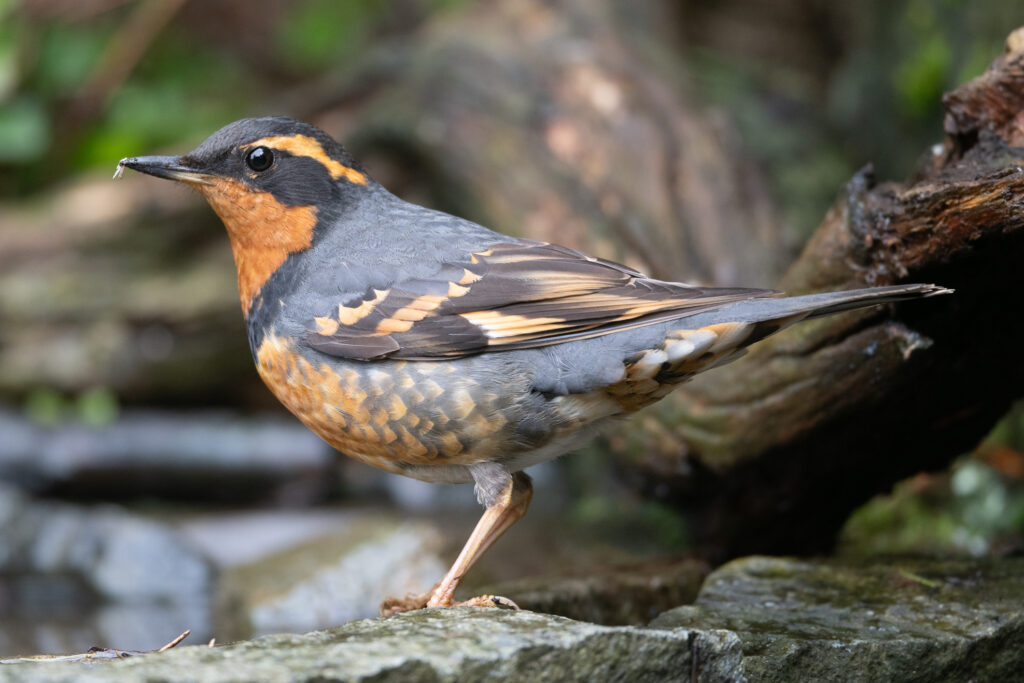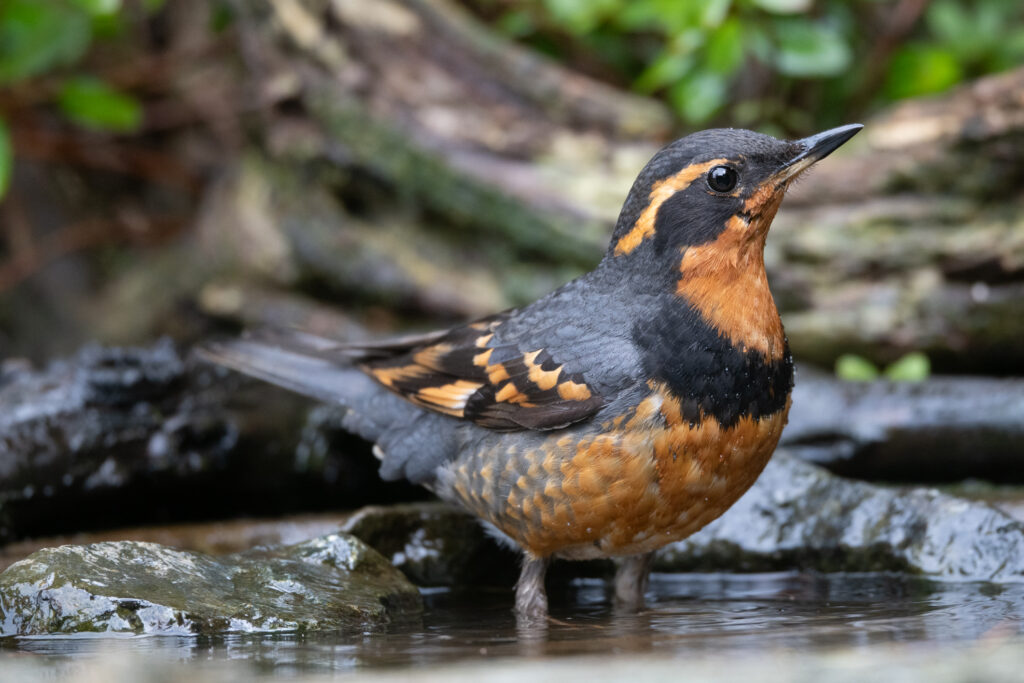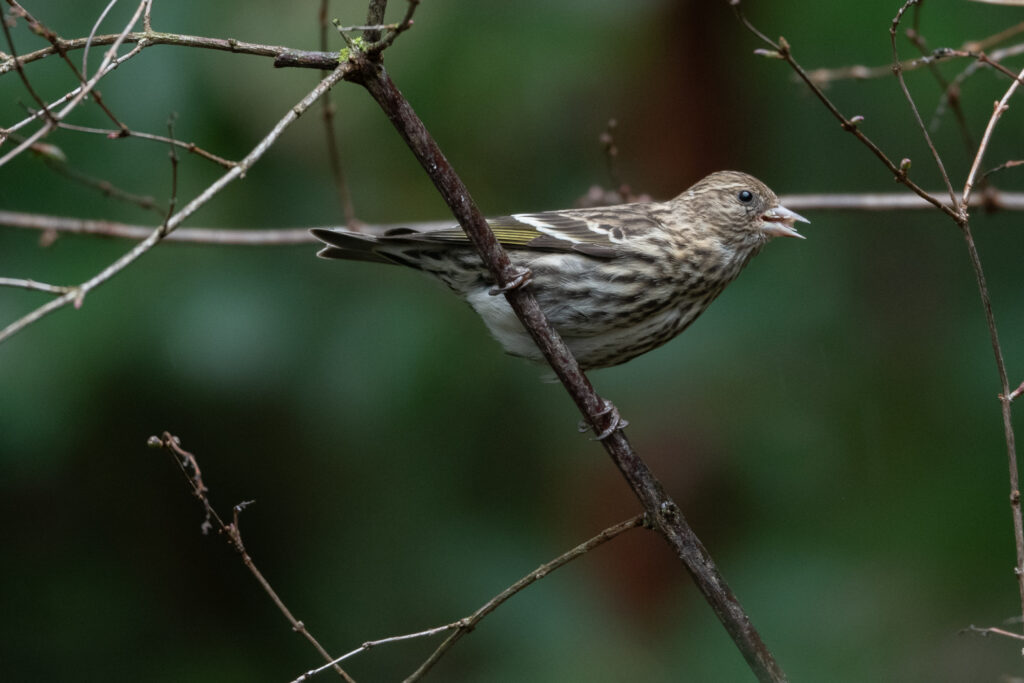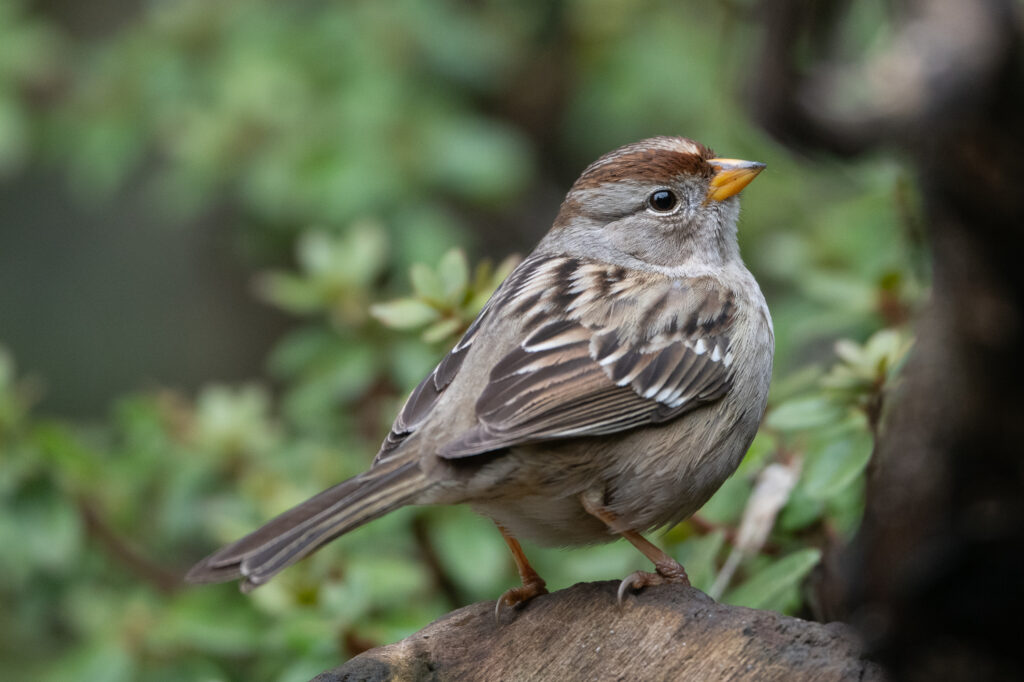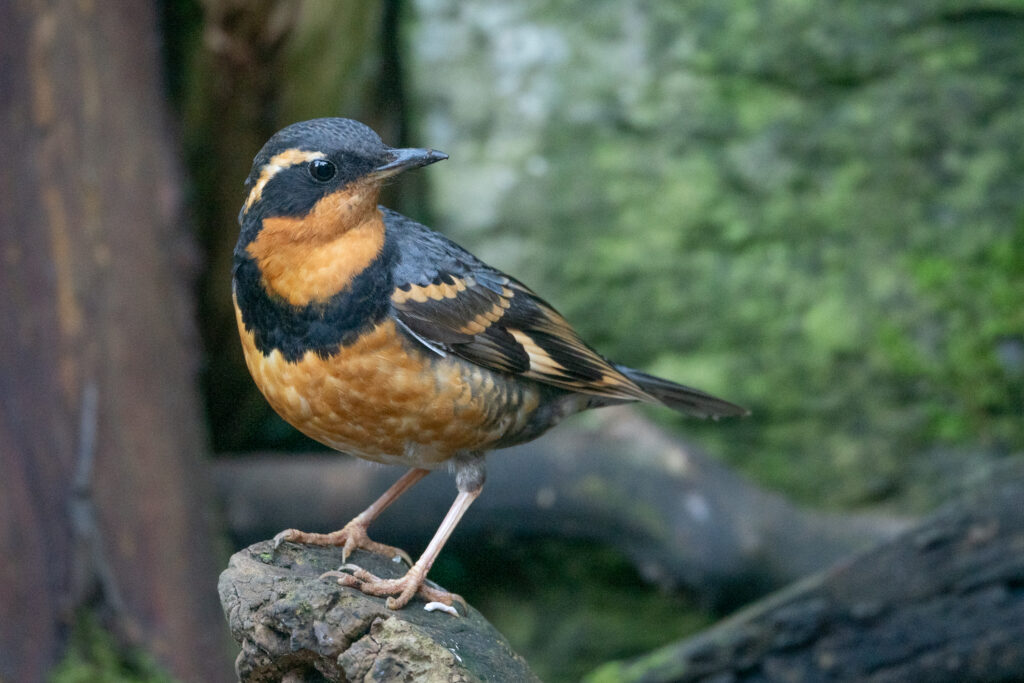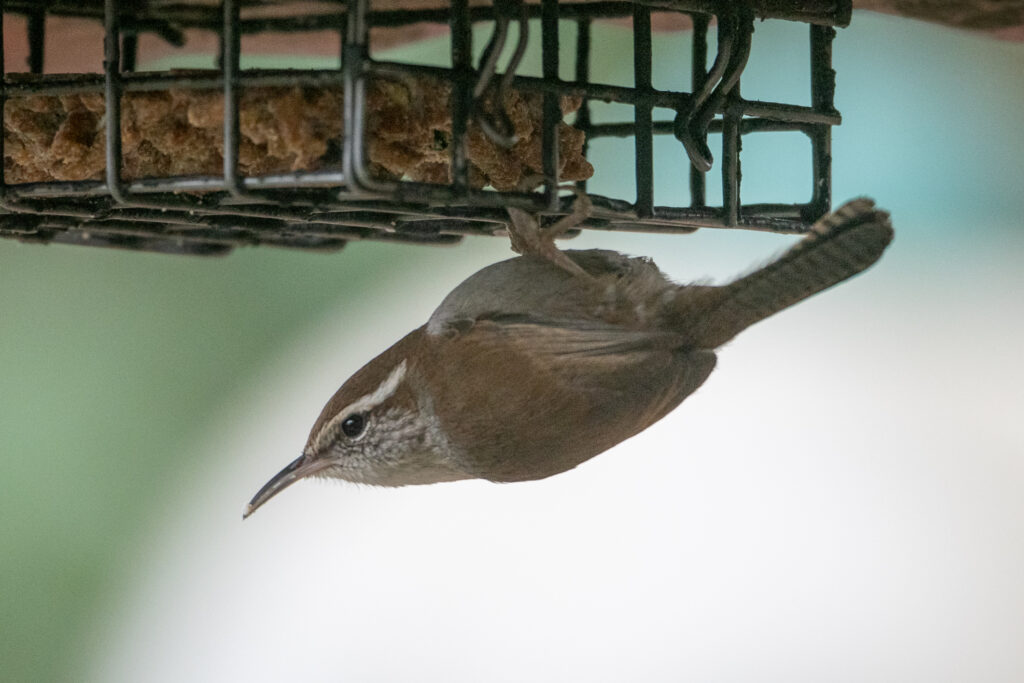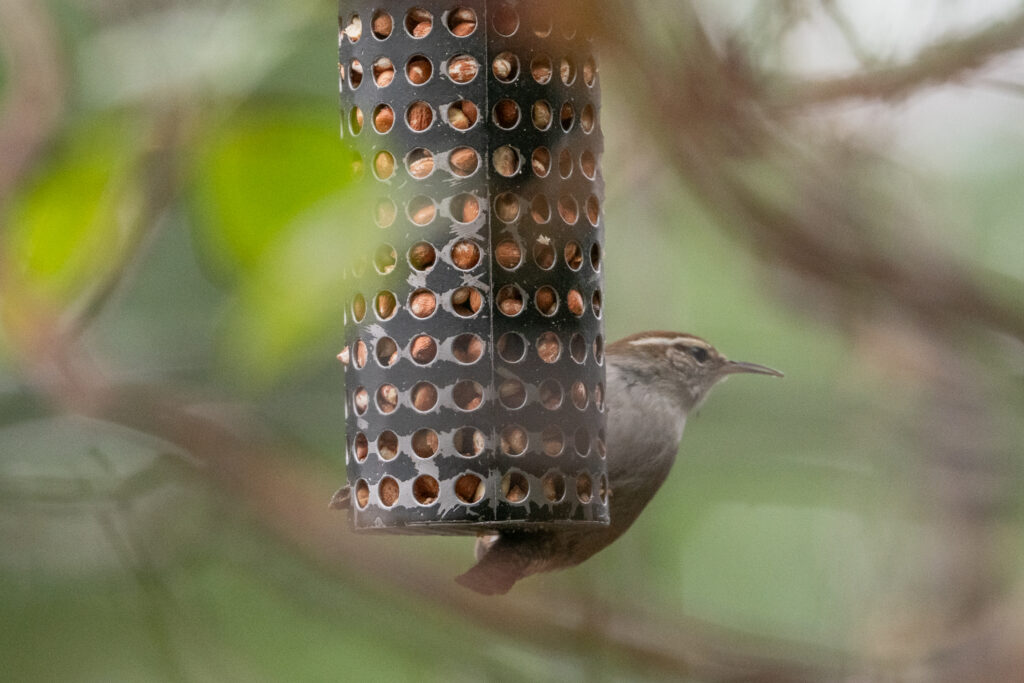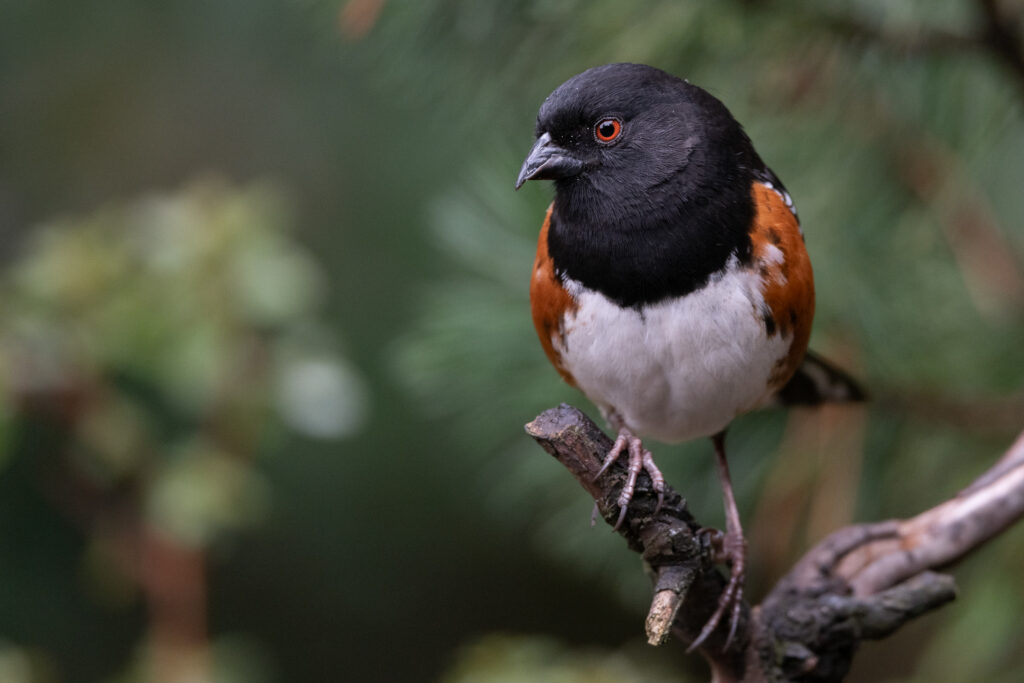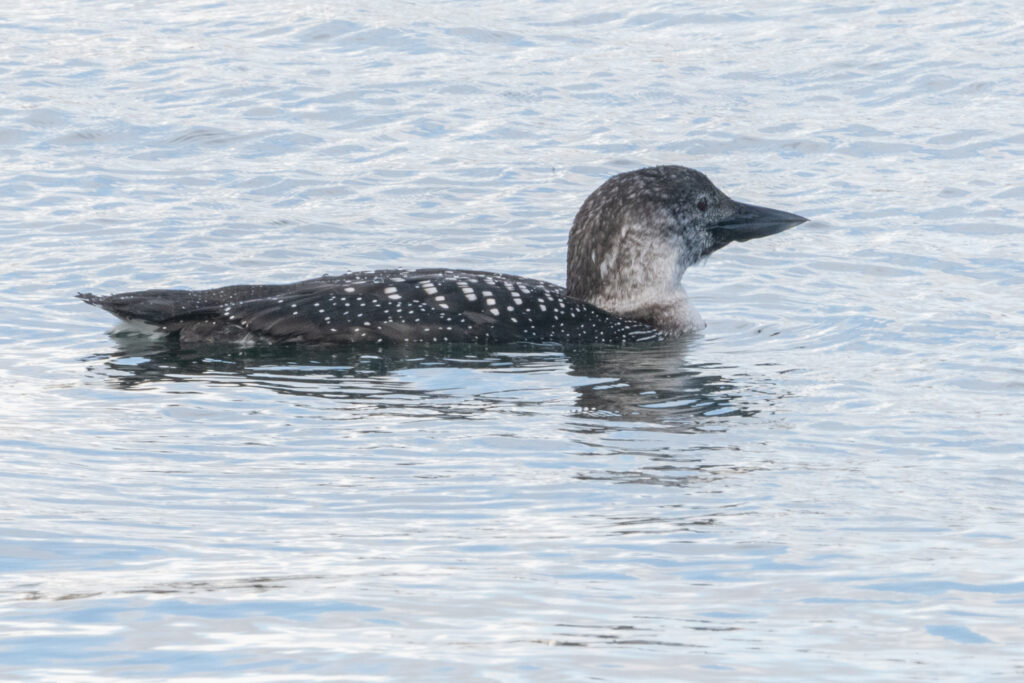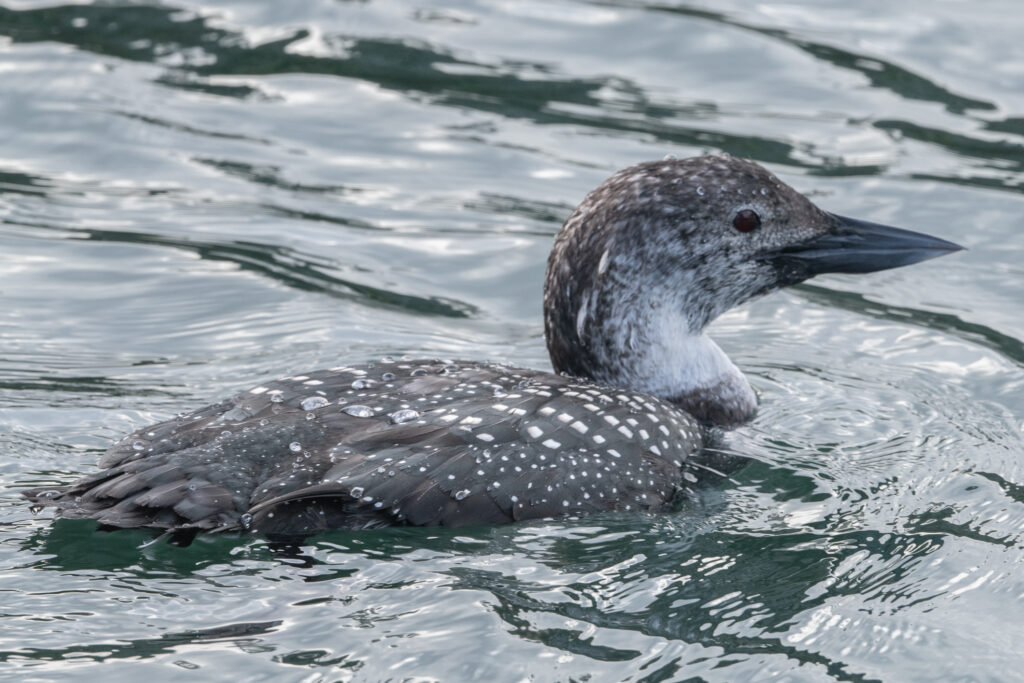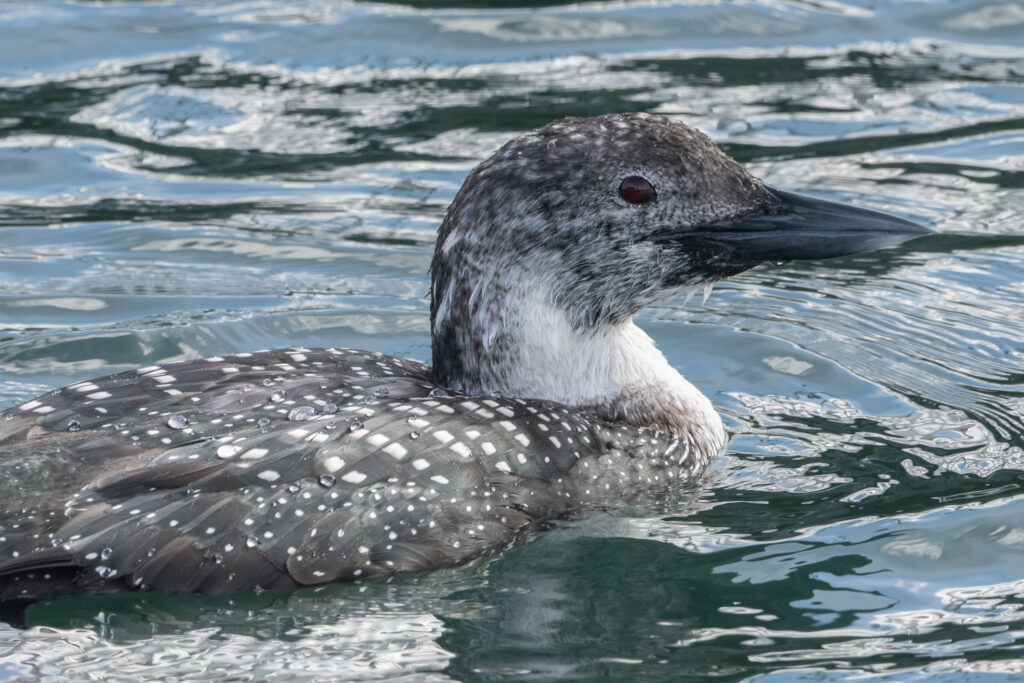Before I get to photos, we have had a couple of noteworthy events, neither of which I was able to document in photos. The first event was the annual arrival of Turkey vultures. We saw two sail below our house on the very windy morning of March 11, 2024, as we were eating breakfast.
The next day (March 12) we saw our first Rufous hummingbird, a female. This arrival is right on time as the Red currents are just beginning to bloom.
Another significant arrival, from hibernation, occurred March 10 when I saw one of our Townsend’s chipmunks scurry across the rocks in our watercourse. It took full advantage of me and had a nice meal of peanuts. Last year we had as many as four in the yard at one time and when the birding was slow they provided a little diversion for my photography.
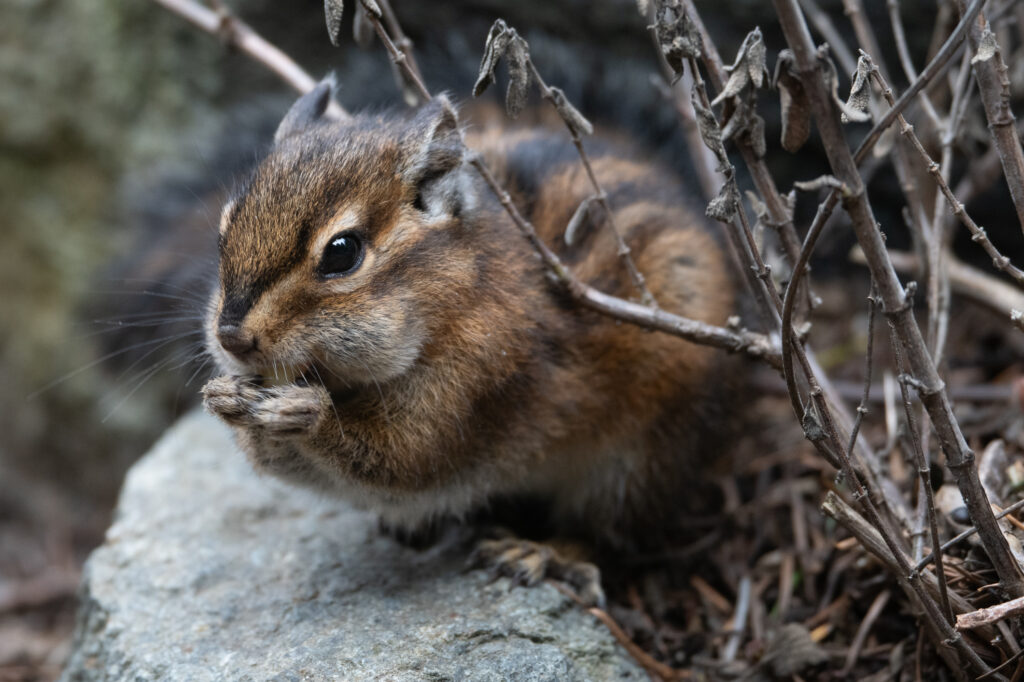
In other birding news, I was confused about this first-year White-crowned sparrow‘s identity (photographed March 10) until another arrived the following day. I first thought I had a leucistic bird but later thought the bird was some sort of hybrid, but when another showed up the following day I realized that the sparrows’ crowns apparently don’t morph into adult plumage as I might expect.
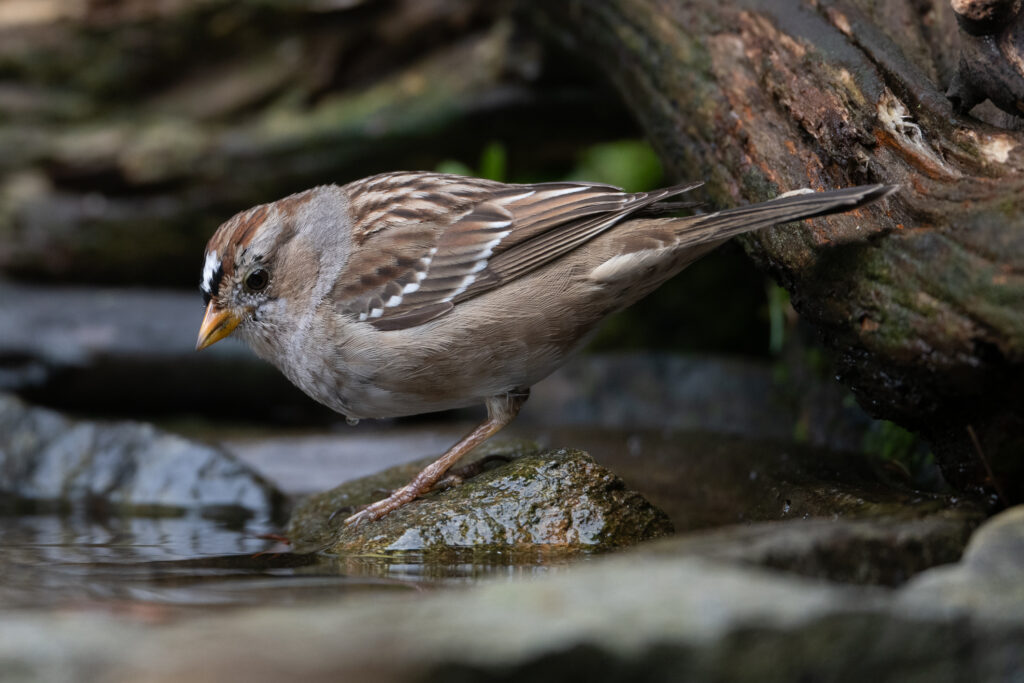
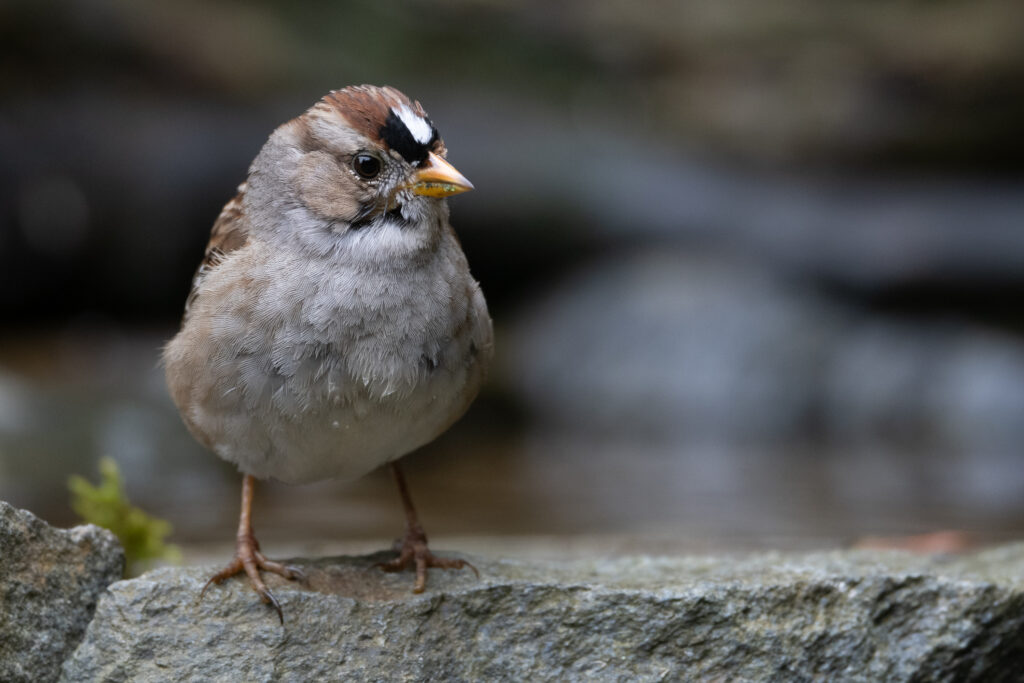
This finch had so much red on it I thought it might be a Purple finch instead of the more common House finch, but I’m probably not going to be able to make a determination from the photos I obtained. If you want to weigh in on it let me know!
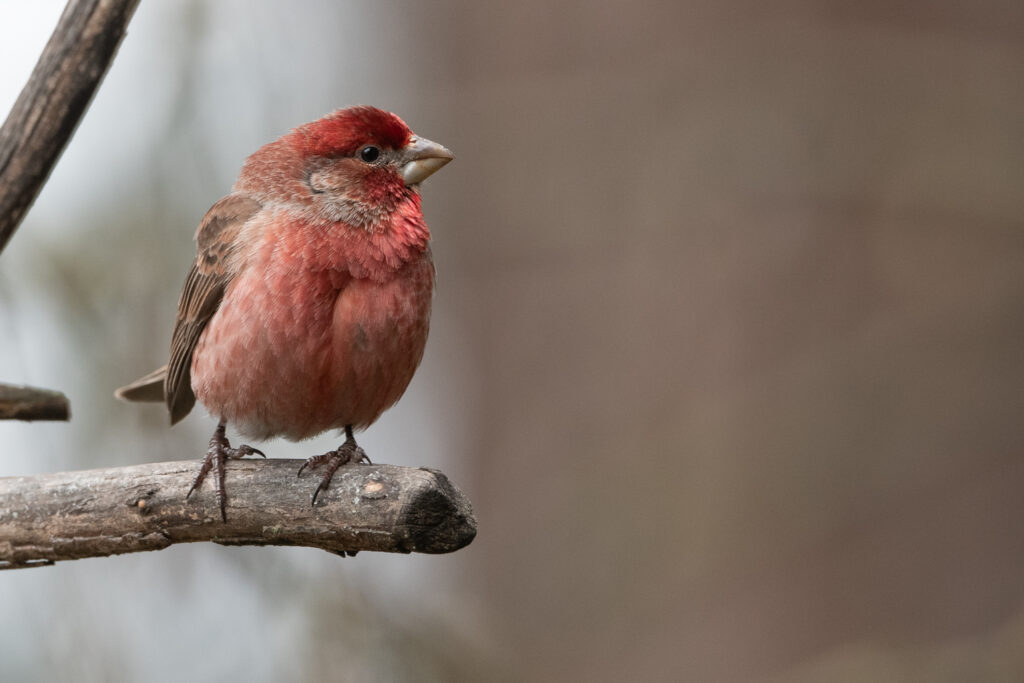
And a few other recent visitors…
A female Anna’s hummingbird taking what had to be a very cold bath on March 11, 2024…
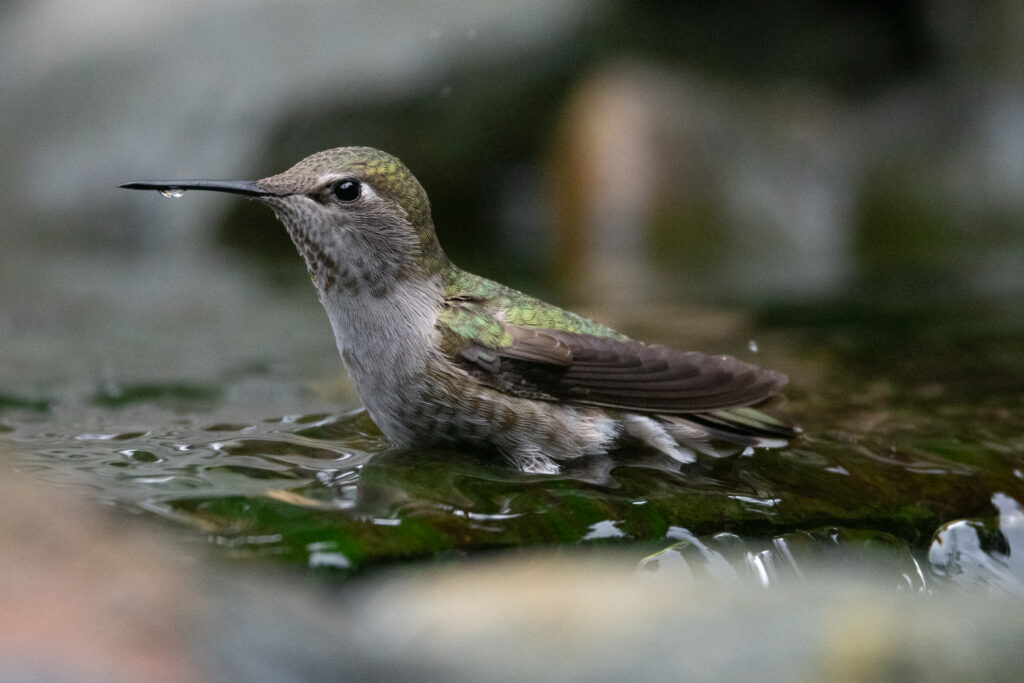
A Red-breasted nuthatch sampling the cold water on the same day…
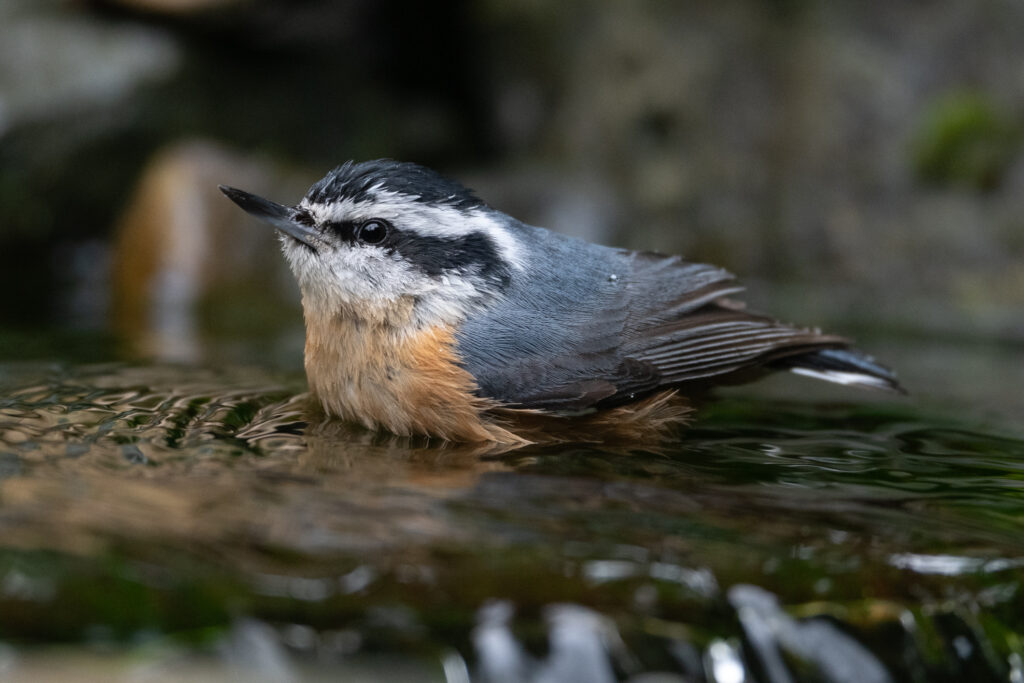
And one of our recently arrived Pine siskins…
